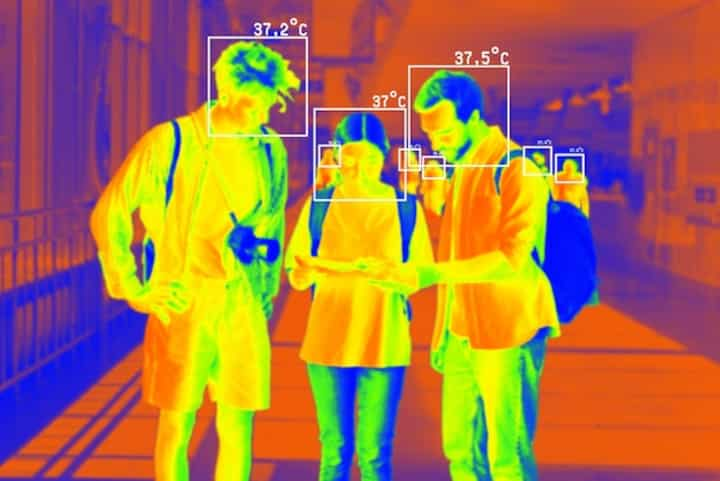
The Benefits of Infrared Mold Detection with Thermal Imaging
Mold is an insidious problem that can silently invade homes and buildings, leading to health issues and structural damage if not detected and addressed in a timely manner. Traditional methods of mold detection, such as visual inspection and air sampling, have limitations and may not always identify hidden mold. However, the advent of infrared mold detection using thermal imaging technology has revolutionized the way mold is discovered and managed. This advanced approach provides a more comprehensive and non-invasive means of detecting mold, even in its early stages, thus enabling more effective remediation strategies.
Understanding Infrared Mold Detection
Infrared mold detection employs thermal imaging cameras to identify temperature variations on surfaces. Mold growth often accompanies moisture accumulation, which can cause temperature differences that thermal imaging can detect. This method enables inspectors to identify potential mold-prone areas without causing any damage to the property.
How Thermal Imaging Works
Thermal imaging cameras capture infrared radiation emitted by objects. This radiation is then converted into temperature readings, which are displayed as images with various colors representing different temperatures. Areas with potential mold issues typically show cooler temperatures due to moisture presence, which can be identified through these color variations.
Advantages of Infrared Mold Detection
- Non-Invasive: Unlike traditional methods, thermal imaging does not require any physical contact or damage to the property, making it a highly non-invasive and desirable technique.
- Comprehensive Coverage: Thermal imaging can scan large areas quickly, providing a comprehensive overview of potential mold-prone areas.
- Early Detection: By identifying temperature anomalies that may indicate moisture, thermal imaging can help detect mold in its early stages before it becomes visible or causes significant damage.
- Accuracy: This method reduces the risk of false positives and negatives, offering a more accurate assessment of mold presence.
- Cost-Effective: Early detection and targeted remediation can save significant costs associated with extensive mold damage repair.
Explore further insights here.
Applications of Thermal Imaging in Mold Detection
Thermal imaging is versatile and can be utilized in various scenarios to enhance mold detection efforts:
- Residential Inspections: Homeowners can benefit from routine thermal inspections to ensure their properties remain mold-free, especially in areas prone to moisture like basements and attics.
- Commercial Buildings: Large commercial spaces can be thoroughly inspected without disrupting operations, helping maintain a healthy environment for occupants.
- Post-Disaster Inspections: After events like floods or hurricanes, thermal imaging can quickly assess moisture and mold risks, allowing for prompt action.
Limitations and Considerations
While infrared mold detection offers numerous benefits, it is essential to acknowledge its limitations to ensure accurate results:
- Training and Expertise Required: Proper interpretation of thermal images requires trained professionals to ensure correct diagnosis and effective remediation plans.
- Environment Conditions: External factors such as weather conditions and building materials can affect thermal readings, necessitating careful analysis.
Find additional information here.
Conclusion
Infrared mold detection using thermal imaging is a powerful tool in the fight against mold. Its ability to provide non-invasive, accurate, and comprehensive assessments makes it an invaluable resource for both residential and commercial properties. By facilitating early detection and targeted remediation, this technology not only helps prevent mold-related health issues but also conserves the structural integrity of buildings. As awareness and accessibility of thermal imaging grow, its role in mold detection and management is likely to become increasingly prominent.